A few month ago we visited the local IKEA (I'm living literally 5 mins walk from one) I came across with the Lillholmen cotton pad holder, and the first thing came into my mind was that is has the perfect diameter and shape to become bracelets for the women in my family.
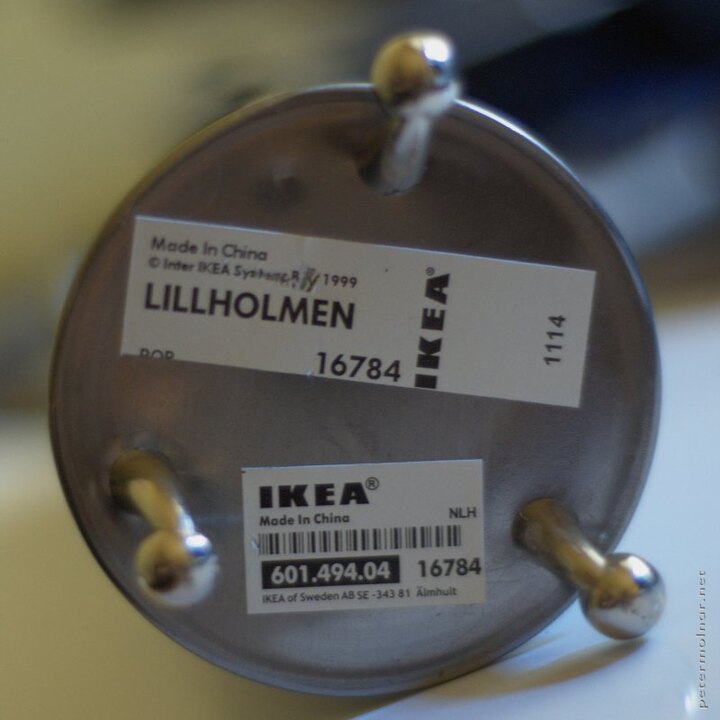
Required tools
- 1 piece of IKEA Lillholmen cotton pad holder1
- pliers
- a good knife2
- Pattex Palmatex ( because it can stick on anything )
- Pattex Repair extreme ( transparent and flexible )
- angle grinder (instead of angle grinder, you obviously can use anything that cuts inox, but this is the fastest)
- rasp and abrasive cloth
Recommended materials
- some slate pieces
- wood crust
- leather
The process
Sign the cotton pad holder where you want to cut it. The best tool for this is an waterproof marker and a paper line with the width of the required bracelet, wrapped around the metal. After this put on your safety glasses, protective gloves and earmuffs - in order for yourself to get out of the cutting one piece - cut the metal into the required pieces with the angle grinder. Use 1-1.5mm blade and be careful to choose the blade for inox/metal.
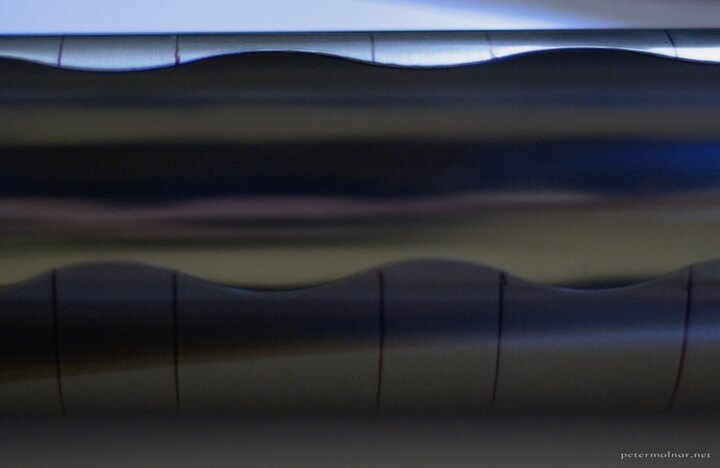
The cut pieces will be full of burr, you really need to rasp these off. For this, I'd recommend angle grinder with flap wheel first, rasp second and abrasive cloth for the third round. Continue until you feel rough edges anywhere, but be careful, the burrs are really nasty.
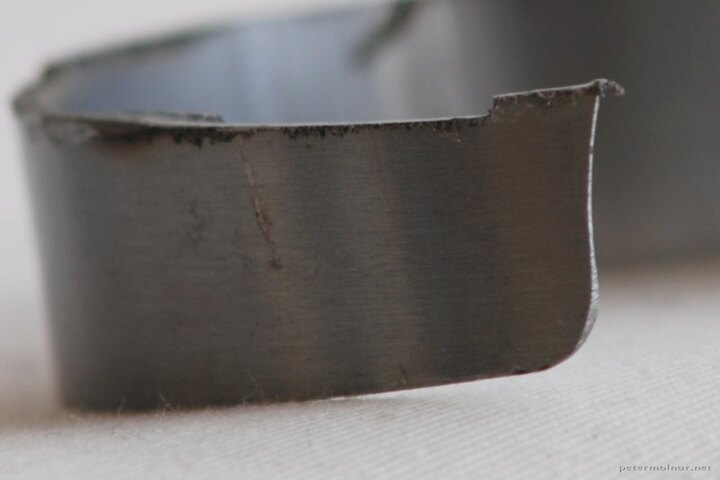
Once you've finished the rasping, you can decide what material will the piece wrapped in. If you done the cutting and rasping nice enough, you can leave it bare, but be careful because it can result metal allergy alone. I decided to use leather for this purpose. The palmatex glue can hold the leather to the metal, but clean the metal first with some alcohol to get rid of the fat and dirt on it. I also added a little varnish to the very ends in order to harden the leather, not to bend so easily.
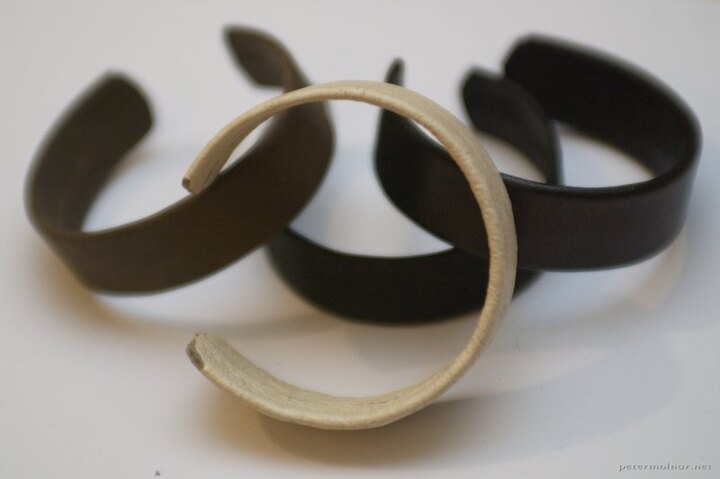
I wanted to cut patterns into the leather, but somehow it wasn't as nice as I dreamed. I decided to add the ornaments from mica, slate, wood and crust.
Mica and slate are special rocks: you can make very thin slices out of it and also it is quite easy to form with a metal rasp and with the help of some pliers. For wood, try to find some pine crusts: if you cautiously carve it by helping the natural pieces to fall apart, you'll get some purple-brown, beautiful pieces of wood.
For simple crust, but them into water for a few hours. Crust usually becomes flexible by this and you can dry them into the form you desire.
The result
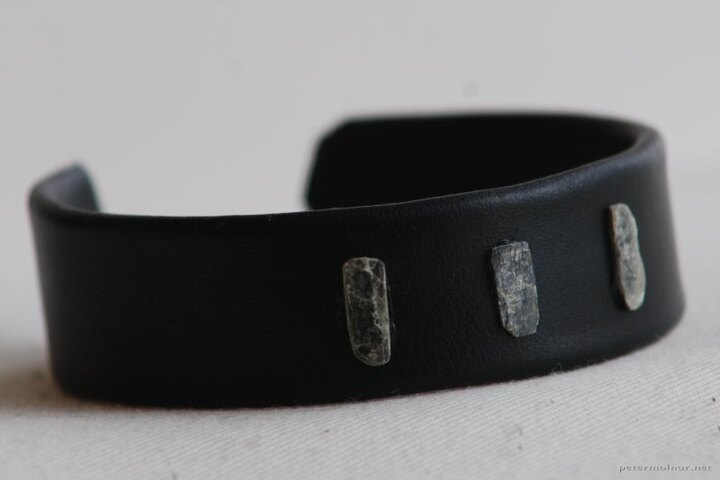
(Oh, by the way: this entry was written by Peter Molnar, and originally posted on petermolnar dot net.)